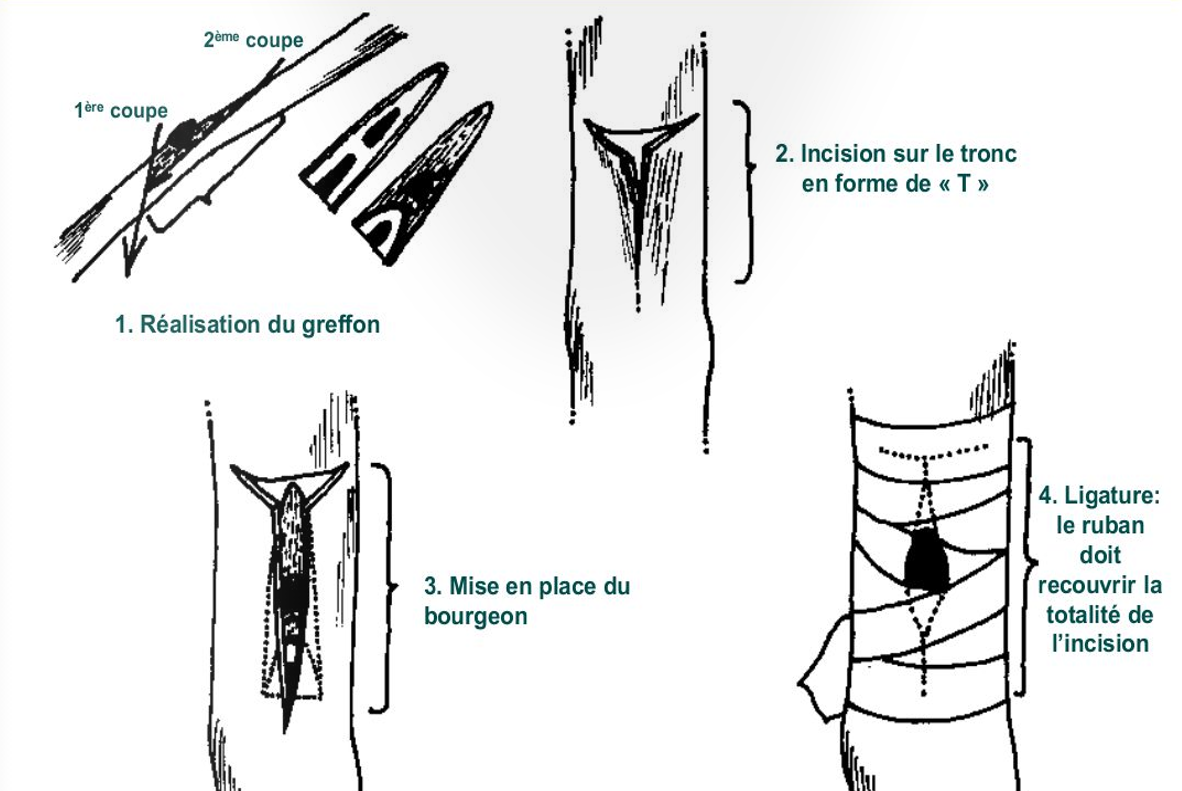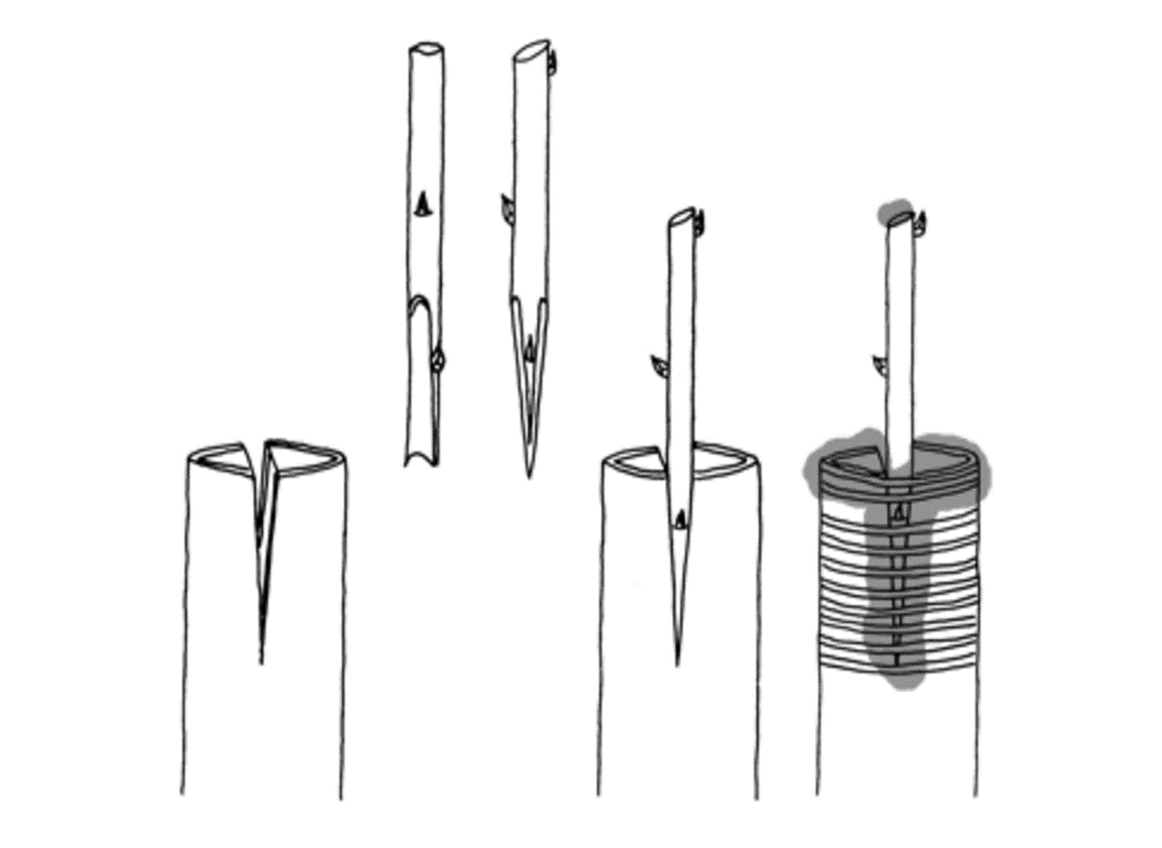Change variety or clone:
If a grape variety or clone is better suited to the one in place, this method makes it possible to establish the plot without having to uproot. In this way, the winegrower takes advantage of established vines roots already in position.
It restricts the harmful effects of bench grafting:
Bench grafting has made it possible to industrialise plant production, but its traumatic impact on the plant and its standardisation presents some limitations: the graft heals poorly, regrowth is unsatisfactory in the nursery and sometimes there can be incompatibility with the stock/graft, which does not happen when grafting is done on site in the vineyard.
In addition, grafting on site makes it possible to take advantage of the strength of roots already established in the soil.
Lower the structure of a vine stock:
A vine stock can be lowered, below or above the grafting point, whatever the grape variety, whatever its age and in a consistent way.
The main reasons for doing this are the rejuvenation of the vine stock by grafting above the former grafting point or bringing back to life a weak or seemingly dead vine stock by grafting directly onto the stock, below the former grafting point.
Establish a massal selection:
This method enables a winegrower to establish a massal selection in plot already planted by selecting one or several high quality vine stocks of the vineyard. In this way a diversity of different and complementary individual vines are obtained.
Selecting and preparing grafts



